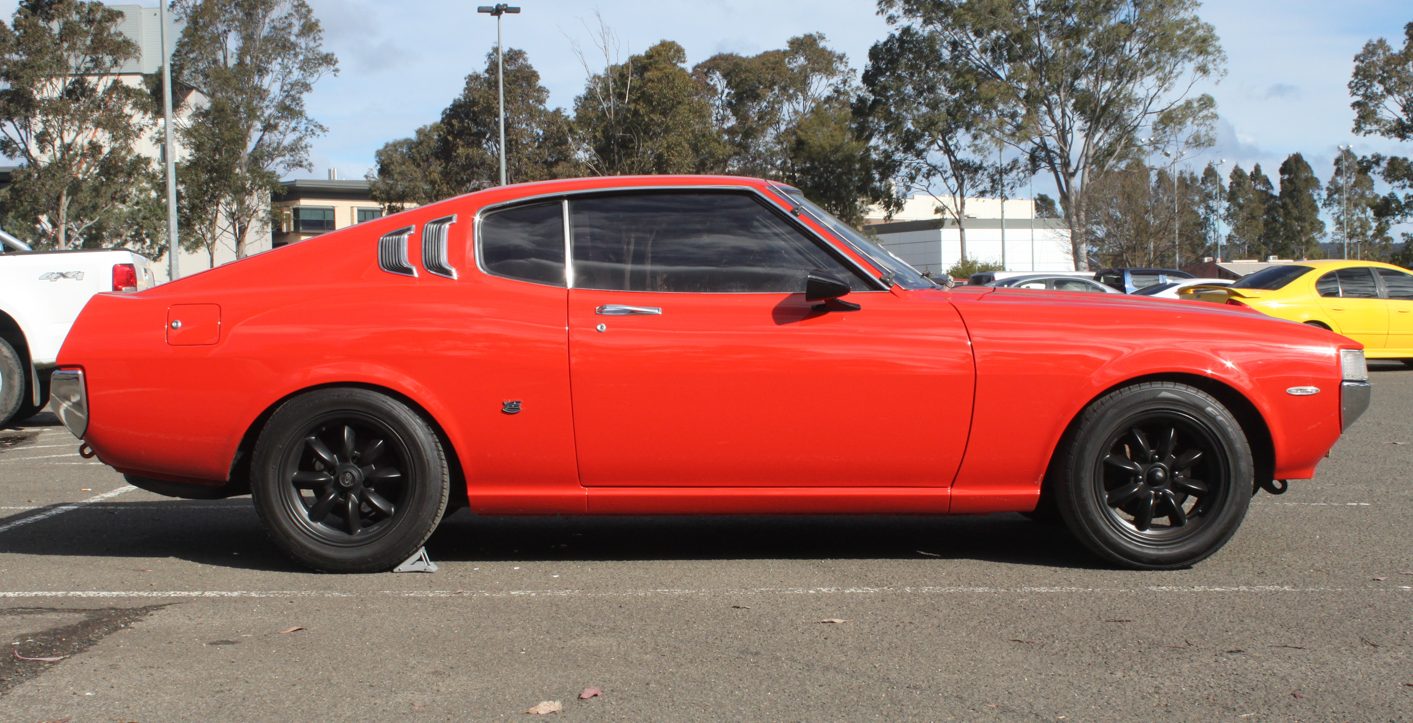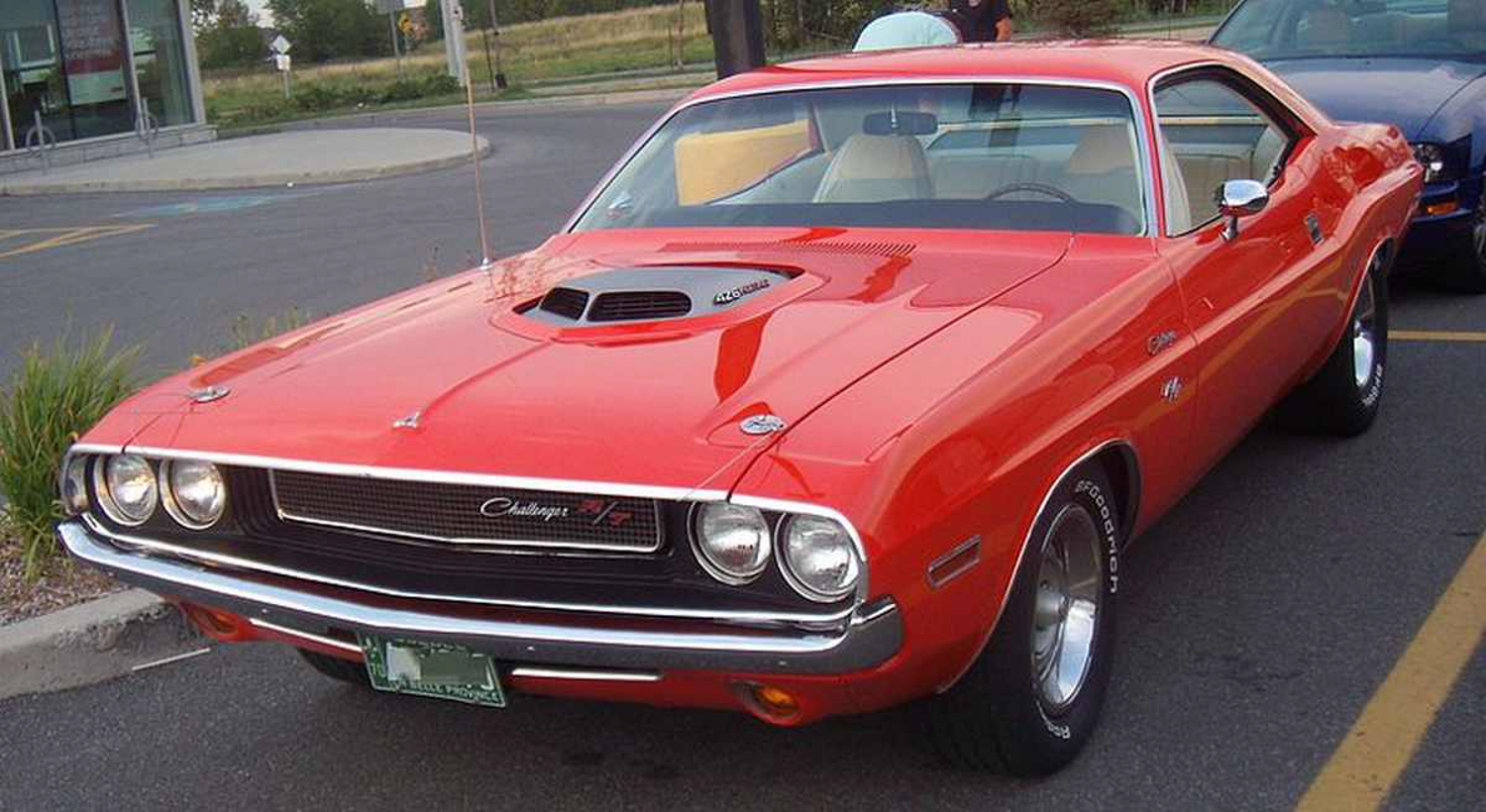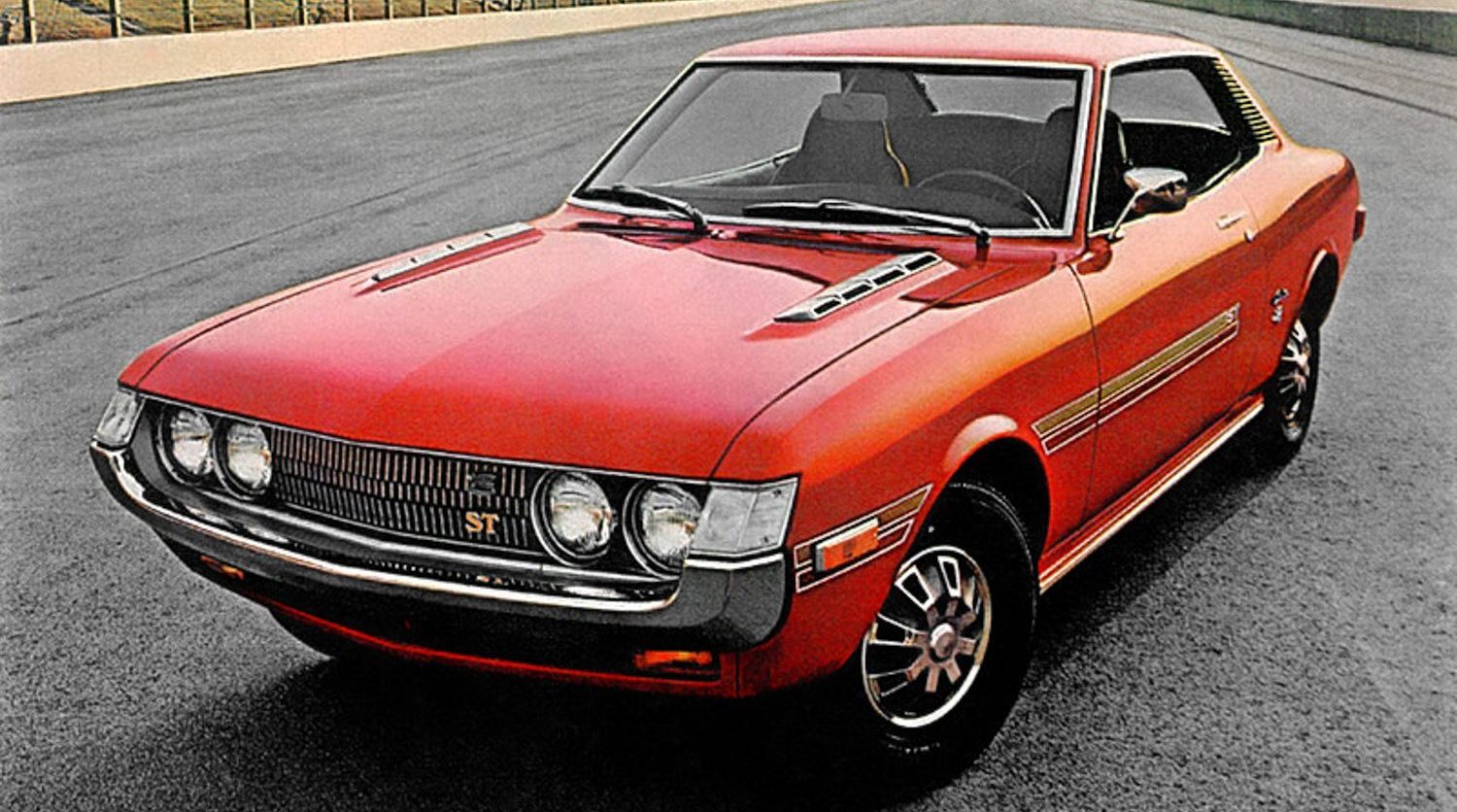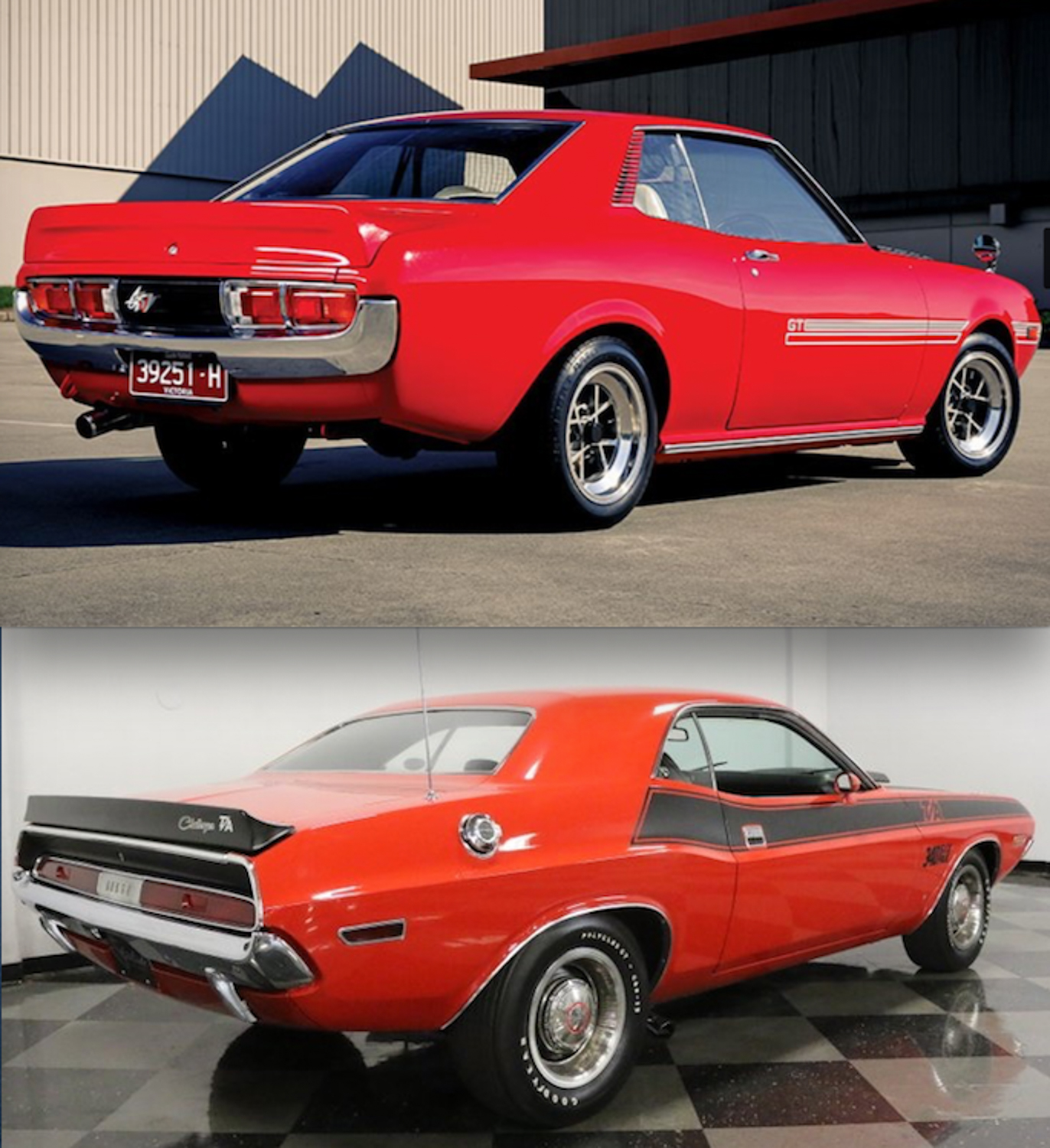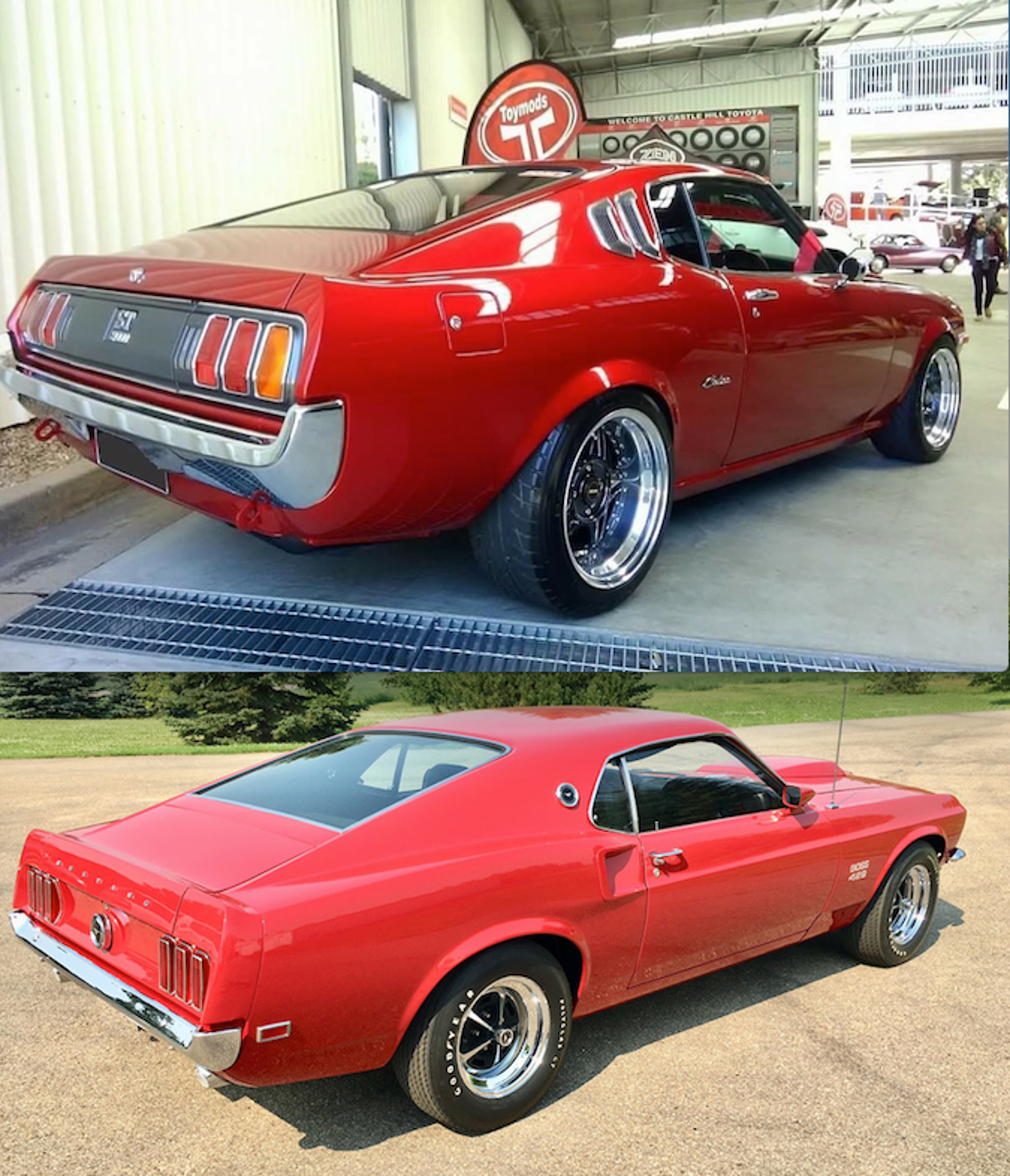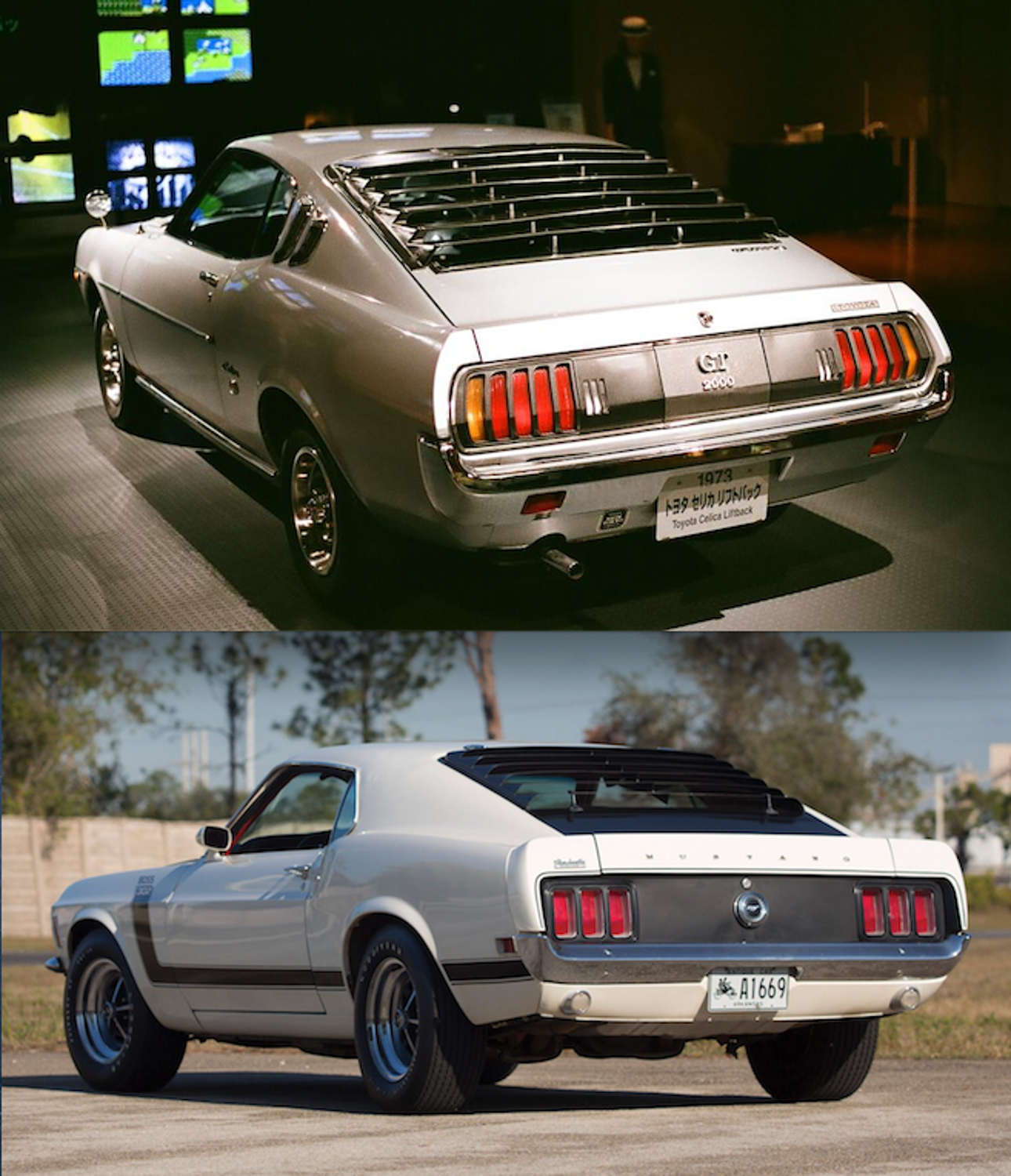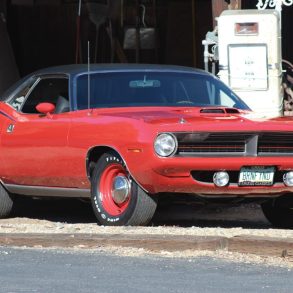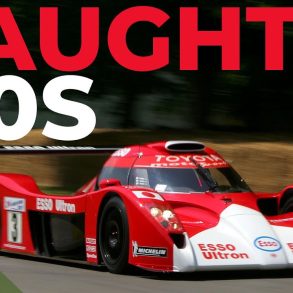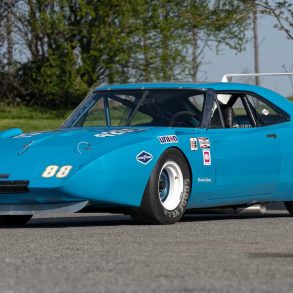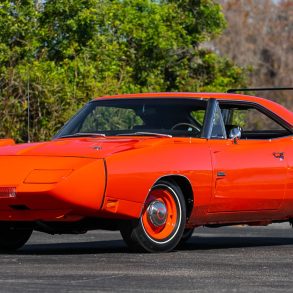Growing up in Southern California offered a great deal of advantages. Nearby beaches, lots of sunny days and a constant flow of exciting cars. The car culture of Los Angeles brought all manner of cars to my attention. Great muscle cars, sports cars and fun little British cars were seemingly everywhere. So it was all the more surprising to me when I saw my first Toyota Celica on the road. Small and sporty, the new Celica notchback was a first for the industry; a small, sporty car, classified as a sport-compact. Japanese performance cars were already known to much of the world. Datsun had recently brought in the 240Z, and Toyota had built the 2000GT, albeit in small numbers, but these were strictly two-seat sports cars. The Celica had a small fuel-efficient engine, sporty looks and a usable back seat.
With their eye smartly on the youth market, Toyota made the Celica not only sporty and fun, it came in bright colors, featured chrome trim, race-inspired interiors and allowed easy seating for larger American occupants. The Celica was not only a big hit with U.S. customers, it was a worldwide success resulting in the millionth car sold by 1977. During that time, Toyota amassed wins in European Rally races, British Touring Car Championships, and U.S. venues as well. Though not specified for U.S. cars, the amazing twin-cam, twin-carbureted engine powered the lightweight Celica with 115 bhp, making it quite capable even in street trim.
But perhaps the most interesting aspect of the first-generation Celica is the unmistakable use of American muscle car body design in the overall themes of the Celica notchback and later fastback. The original design for both cars was certainly happening at about the same time, but much of the design and development for the 1970 Dodge Challenger was well underway and revealed in 1969 when the Celica was still under final development.
Looking at the front of the Celica, one clearly sees unmistakable similarities in the recessed quad headlights, the front bumper contours, the hood line, and the glass to body relationship in the upper canopy. The body side lines, while softened on the Celica are still very much in keeping with the character of the Challenger, particularly in the rise of the belt line as it arches the rear wheel.
Looking at the rear view, similarities become even more clear as the notchback roofline carries down to the rear quarter panel and, once again, the rear bumper forms a similar shape to the Challenger, clustering longitudinal lights with a central panel, and a short rear decklid, angled off at the rear.
The similarities in the interior are also remarkable in both packaging and trim with textured padded dashboards, faux wood steering wheels, and similar instrument clusters. Both the Challenger and the Celica were positioned with excellent designs, but ironically, the Challenger would become almost immediately outdated whereas the smaller, compact Celica was almost upon release, the car of the future.
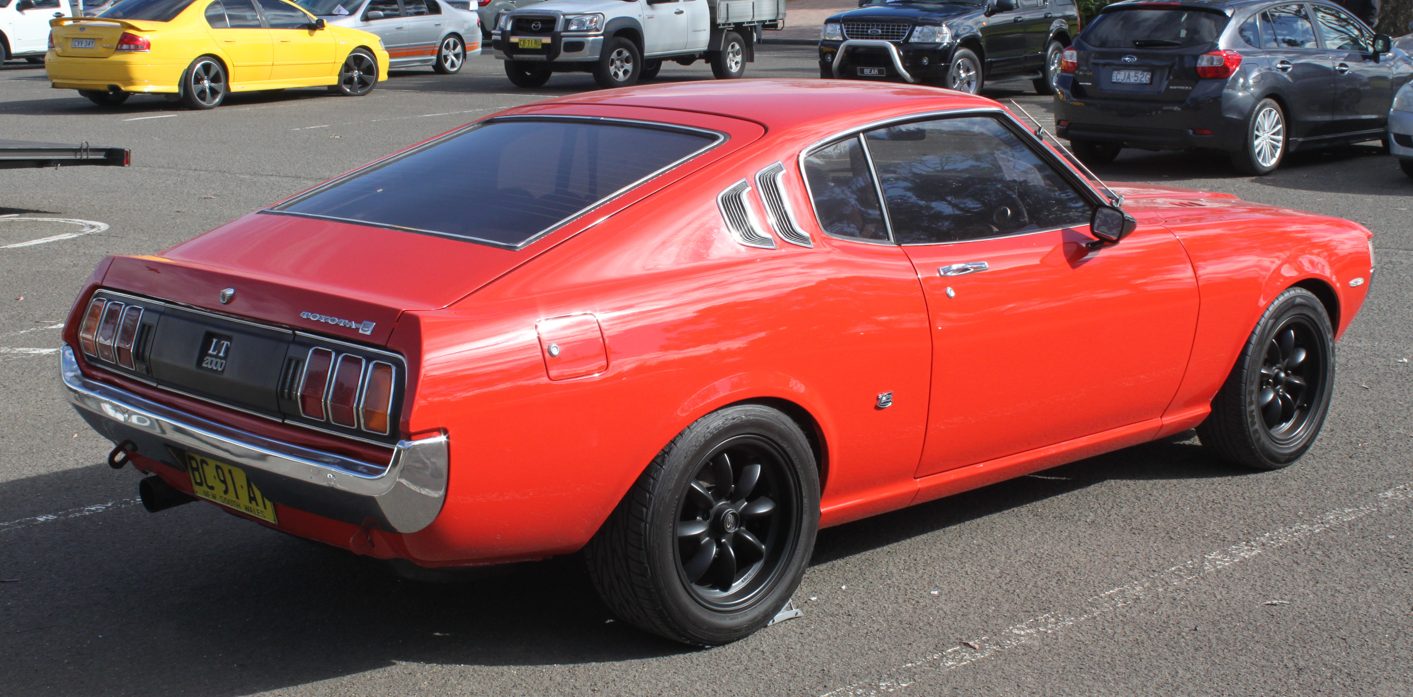
Toyota knew their new Celica was right on the money for the market, and cheap Japanese labor and low raw steel costs helped infuse cash for more profitable variants. Development quickly began on an even more sporty variant, the fastback. But here again, Toyota pulled from the American design lexicon, purloining the beautifully executed 1969 Mustang fastback for their rear design. Toyota could have settled for retaining the same rear tail light cluster as used on the notchback, but instead dipped into the Mustang parts bin for their version of the three panel tail light, finishing off further similarities with a nearly identical raised duck tail rear, dramatic but short rear glass and trailing triangular side roof panels. Realizing the need for utility, the entire rear hatch could be raised and lowered, a feature formerly displayed on more than a few U.S. design concepts. With wider tires and a modest hood scoop, a 1973 Celica is nearly a 7/8ths scale version of the original 1969 Mustang. Still not convinced? Then take a look at the rear of a 1969 Boss 302, complete with sport slats (rear window louvers) just as more than a few Celicas were optioned. Interestingly, the Boss 302 design treatment was conceived and developed by Larry Shinoda, a young Ford designer of Japanese descent.
The Toyota Celica would not only change many preconceived notions about Japanese cars, it would change the American auto industry. Just like the doomed Challenger, by 1973 the Mustang had become a dinosaur when the somewhat clumsy Ghia-bodied Mustang II arrived to joust against their four-cylinder competitors. But Toyota, bolstered by a four-year lead, just kept hitting the market perfectly with their sport-compact offering. The new Celica delivered great fuel economy, was cheap to use, and their highly refined unibody construction and improved production engineering was rapidly proving that Japanese quality was no longer an oxymoron. And while it is hard to imagine that only a decade later Toyota would transform the luxury car market segment with their Lexus division, it was the Celica that opened the Japanese market flood gates to major sales in America.
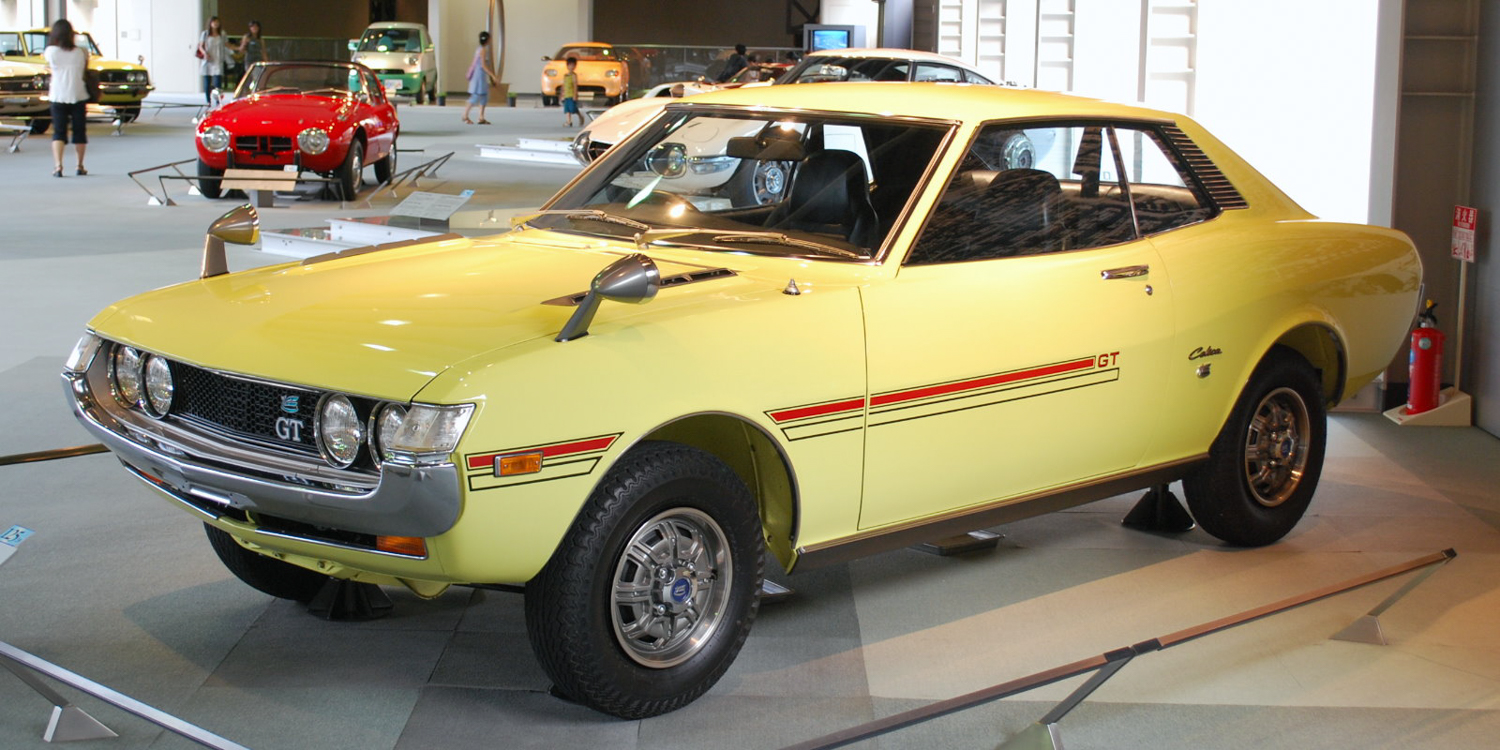
Today, the Toyota Celica remains one of the most important cars of this genre. Used and often cast aside in larger numbers, rare originals are increasingly becoming more and more sought after by collectors and enthusiasts who realize how wonderfully executed these small cars really are. But make no mistake about it, the economical first-generation Celica might attribute its namesake to the heavens or celestial skies, but the designs are every bit as down-to-earth as the ground pounding, gas-guzzling, American Muscle Car.


